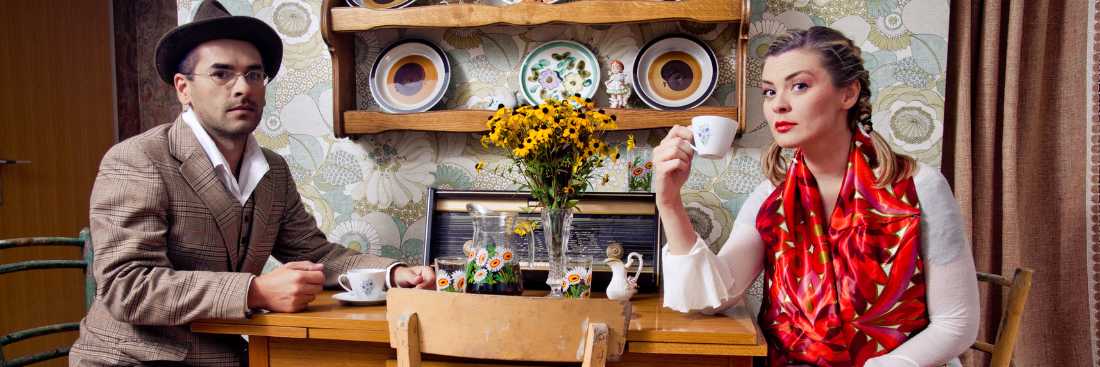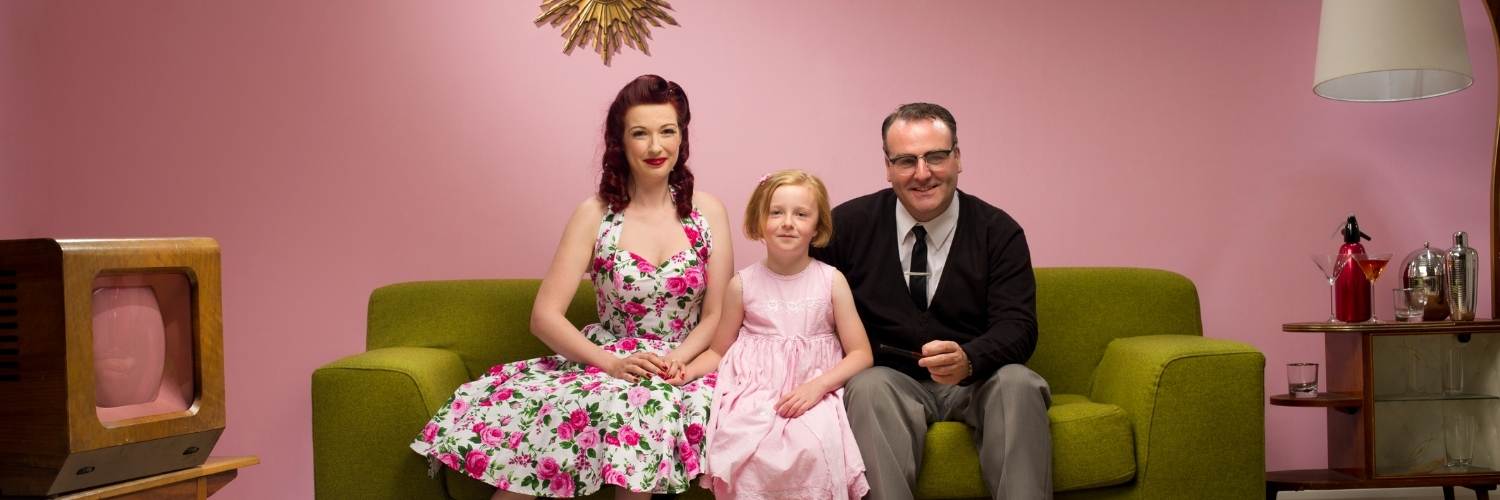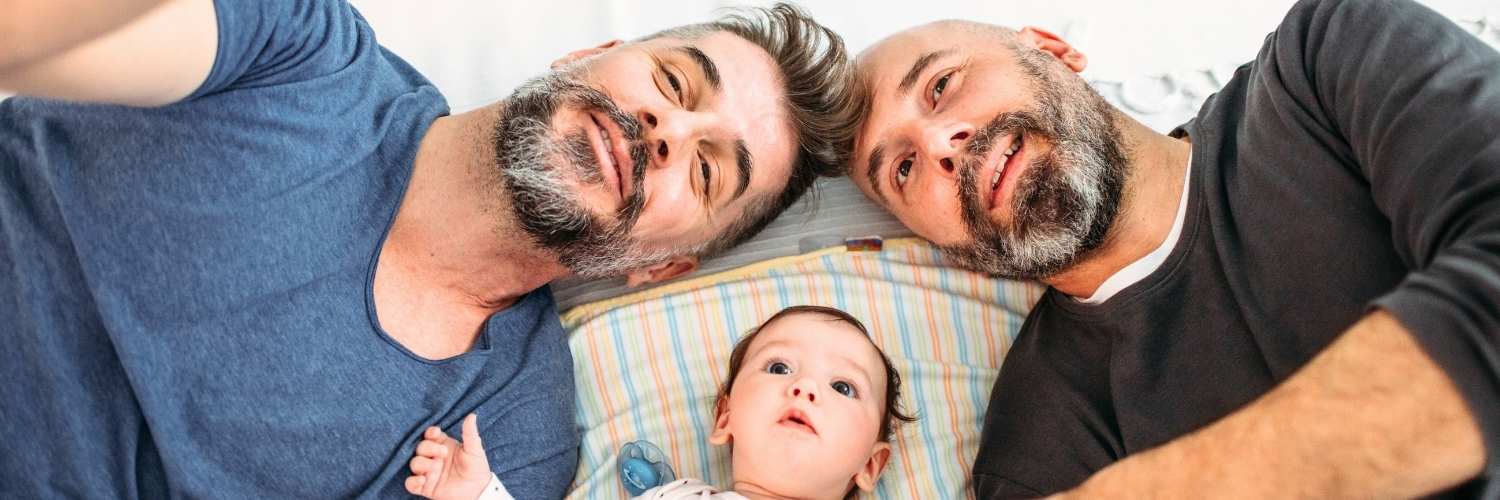Photo by Viki2win on Getty Images

Photo by Viki2win on Getty Images
Defining Relationship Roles: Escaping Relational Fuckery
Relationship roles often evolve without much thought, shaped by family patterns and unspoken habits. The trouble starts when mismatched roles, differing expectations, and unspoken agreements lead to frustration and conflict.
🧭 How to Use This Blog
This blog is designed a bit differently. Instead of giving you big ideas and saving the "how" for a product pitch at the end, I like to walk you through the process step-by-step—with practical tools you can actually use. Think of it like a workbook in blog form: hands-on, reflective, and designed to support real insight.
You’ll find:
-
💡 Reflection prompts woven throughout, which you can sit with quietly or journal through—whatever suits your style
- 📝 Exercises to guide you through specific steps, practices, or processes
-
🛠️ Tools and worksheets to help you go deeper——some are free, some are paid
- 📄 Reference sheets for quick, printable overviews of key ideas that go beyond what’s covered in the blog
-
👣 Optional next steps at the end, if you'd like to work with me directly
You can dip in or dive deep. No need to “do it right”—the way you engage is the right way for right now. My goal is to make the ideas doable—not just understandable. (And if you’re overthinking that, hi. You’re among friends.)
📖 What Are Relationship Roles?
Roles are patterns of applied behaviour we adopt across different realms of our life. They’re situational and flexible, shaped by our culture, family, experiences, identities, and the environment we’re in. While relationship roles emerge in the dynamics between people, roles also connect us to places, activities, or passions. For example, you might enact the role of caretaker while tending to land, an activator during a work project, or futurist within your artistic pursuits.
Roles are relational by nature, but “relational” doesn’t always mean involving other people. Roles exist in relation to a broader context—whether that’s a person, an activity, or a setting. As a parent, you relate to your child; as an artist, you relate to your creative process; as a caregiver, you relate to the act of providing care.
Each role comes with its own set of behaviours, responsibilities, and expectations, shaped by cultural norms, personal beliefs, and situational demands. Over time, these roles can become habitual, influencing how we navigate life and how others perceive us.

⚠️ Gendered Fuckery in Relationship Roles
Relationship challenges are often rooted in the dynamics between people, shaped by differences in culture, family, lived experience, identity intersections, and other contextual influences that have shaped your personalities and approaches to life.
While conflicts may seem to center on relationship roles, reducing them to that alone misses the point. Pretending that better communication or clearer roles can solve everything is, frankly, bullshit. The challenges you’re facing didn’t start with your relationship—they’re shaped by the cultural soup we’re all swimming in.
What is a Man's Role in a Relationship?
What is a Woman's Role in a Relationship?
Patriarchal Themes in Relationship Roles
I've written more about how to do this in How to Dismantle Patriarchy in Your Relationship.

🔍 Exploring the Many Roles We Play in Relationships
There’s no single, definitive way to categorise relationship roles. The roles we take on—and how we define them—depend heavily on the frameworks we use. Each framework carries its own assumptions, strengths, and blind spots. So before we define a role, it’s worth asking:
What lens are we using—and what does it emphasise or ignore?
To illustrate just how varied these lenses can be, I’ve chosen three examples that represent very different types of frameworks: one practical and task-based, one symbolic and psychological, and one rooted in family systems.
-
A hotel framework might define roles like Chef, Housekeeper, or Events Manager—highlighting tasks and responsibilities.
-
An interactional framework focuses on the patterns that emerge between people, with roles like Pursuer, Distancer, Rescuer, or Aggressor—emphasising relational dynamics over identity.
-
A family system framework describes roles like Parent, Sibling, or Child—focusing on inherited scripts and emotional roles developed early in life.
Choosing a framework can help bring clarity—but it’s also important to stay curious about how that framework shapes our self-perception and relational dynamics.
Task-based roles: The hotel framework
Interactional patterns: The roles between us
Familial roles: The OG Pattern
🛠️ Relationship Roles: Quick Guide PDF (Free Download)
There are so many different types of relationship roles—and honestly, you could probably come up with a bunch I haven’t even included. Every context we move through—home, work, culture, community—comes with its own set of unspoken rules and dynamics.
To give you a quick sense of what these roles can look like, I’ve put together the Relationship Roles: Quick Guide PDF. It breaks down 18 different role categories, with short descriptions and everyday examples to get you thinking.
👉 You can download it here for free.

📝 How to Explore & (Re)Define Relationship Roles
Defining relationship roles is one of the most challenging aspects of life in late-stage capitalism.
Choosing not to follow traditional or predefined roles means fucking everything needs to be intentionally discussed, designed, and reviewed. Ideally, this involves regular check-ins—annually at a minimum—and staying responsive to changes in your circumstances. It's ALOT.
That kind of ongoing effort can feel overwhelming, but it’s worth it. If conversations about roles often lead to conflict or remain unresolved, it might be time to consider couples therapy. Addressing these issues early can prevent them from growing into bitterness, frustration, or resentment down the line.
To get started, here are some reflection prompts to help you explore and experiment with the roles in your relationship:
💡 Step 1 - Identify the Issue(s)
Chances are, you’ve found your way here because something isn’t working quite right in your relationship(s). Maybe it’s a specific event that brought you here, or perhaps it’s an ongoing feeling of imbalance or frustration that’s hard to pin down.
Take a moment to reflect: What’s the issue that’s driving you to explore your relationship roles? Is it a recurring theme or a recent trigger?
For example:
- Have you been feeling unsupported after a particularly busy or stressful period?
- Has a change in circumstances led to changed capacity (but the same expectations)?
- Are you noticing friction because you’re always the one initiating plans or conversations while your partner seems to follow your lead?
Naming the issue is the first step to understanding it—and ultimately, to finding a way forward.

💡 Step 2 - Allocate Resources: Time, Energy, and Attention
I often see people in relationships feeling overwhelmed, maxed out, and still struggling with long lists of things left undone. It’s easy to blame partner(s) for “not doing enough,” but the reality is that we’re living in late-stage capitalism, where the workload is simply more than two (or more) people can manage.
- Raising a child is a full-time job.
- Running a household is a full-time job.
- Your full-time job is, well, a full-time job.
On top of that, we juggle part-time “jobs” like maintaining health, social connections, hobbies, pets, holidays, rest, and relationships.
When roles in relationships aren’t clearly defined or balanced, the pressure can feel unbearable. And while much of this systemic overload is outside our control, what is within reach is learning to redefine relationship roles and strategically manage our most finite resources: time, energy, and attention.
Reflecting on your roles and how they align with your priorities is the first step toward creating a more sustainable and balanced relationship.
💡 Step 3 - Design an Experiment
Redesigning relationship roles isn’t about getting it perfect—it’s about staying curious. Roles evolve, and the first version you try might not quite work (and that’s the point). Rather than aiming for a final answer, think of this as an experiment. Start by getting clear on what each role actually involves, then play with who takes it on and how. Observe what shifts. Adjust. Try again. The goal isn’t to lock anything in—it’s to learn what works for everyone.
💡 Step 4: Plan to Iterate
This is an ongoing experiment, not a one-and-done. That means that over time as you develop your understanding of your relationship roles, you'll become more discerning; you'll notice more data, and become aware of even finer distinctions within & between roles.
As you get curious with yourself & your partner(s) you can develop an iterative action plan for how negotiate relationship roles that includes;
- My Roles; responsibilities, expectations & behaviour
- Their Roles; responsibilities, expectations & behaviour
- Agreements; agreements about feedback, appreciation, effectiveness
- Shortcuts; how you'll communicate with each other
- Your Village; how you manage outsourcing & support proactively
- Experiments; specific experiments in your relationship roles
- Iteration; a plan for when you'll review & assess roles
💡 Step 5- Still Have Questions?
👣 Optional Next Steps
I’m so glad you’ve found your way here, especially if you’re navigating a situation that feels... complicated.
You’re not alone—this guide, Defining Relationship Roles: Escaping Relational Fuckery, reaches over 300 readers each month, with many returning multiple times. That tells me how universal this experience is—and how much support people are seeking.
But if you’ve landed here, read through, and still feel like something’s missing, you’re probably right.
Depending on what best aligns with your goals right now, there are a few different ways to take next steps:
-
📝 Work through the reflections and exercises in this blog at your own pace. You don’t have to download anything or make a plan—just take your time moving through the questions already here.
-
🛠️ Use the tools I've created to dive deeper. Throughout this blog, you’ll find links to supplemental worksheets, guides, and resources (look for the 🛠️ tool icon). These are designed to help you explore your experience more tangibly and thoroughly.
-
👣 Book a free Meet & Greet. Online advice can only go so far—it can’t always account for the unique nuances of YOUR circumstances. If you'd like personalised support, I work with individuals, couples+ and polycules to help unpack what's happening, how you're feeling, and what you're going to do. If you’re curious, the Meet & Greet (below) is an easy, no-pressure way for us to get vibes of whether we're a good fit!
👣 Book a Meet & Greet
If you'd like to explore whether I'm a good fit as your sounding board & support, you can book a Meet & Greet directly into my calendar.
This saves the endless cycle of "sorry I took so long to reply to your email" and allows you to ask all the questions.
There's zero pressure to work with me, it's literally;
- getting a sense of what's happening (you tell me as much or as little as you like)
- explaining the logistics of the way I work
- asking questions (if you have any)

Australian Residents;
International Clients;